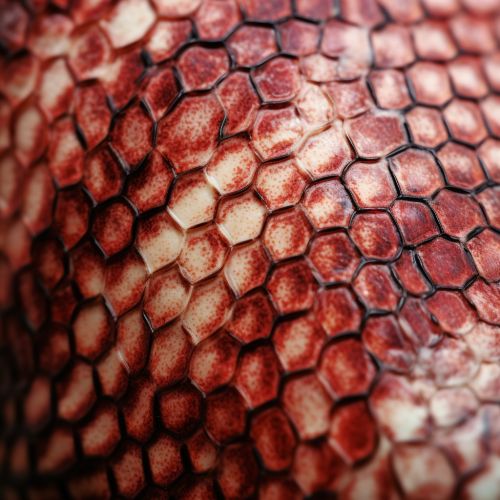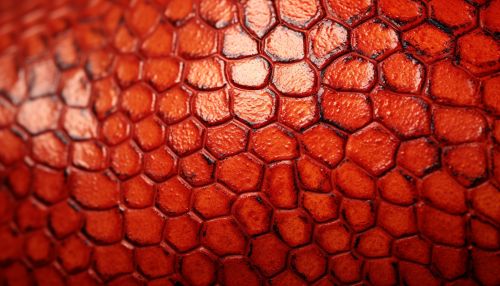Dermatomycosis
Definition and Overview
Dermatomycosis, also known as tinea, is a common group of skin infections caused by fungi. These infections can affect various parts of the body, including the scalp, body, groin, feet, and nails. Dermatomycosis is characterized by itchy, red, scaly, and sometimes ring-shaped rashes. The fungi involved in these infections are known as dermatophytes, which feed on keratin, a protein found in the skin, hair, and nails.


Etiology
Dermatomycosis is primarily caused by three genera of fungi: Trichophyton, Microsporum, and Epidermophyton. These dermatophytes are anthropophilic, meaning they preferentially infect humans. They are spread through direct contact with an infected person or animal, or indirectly through contact with contaminated objects or surfaces.
Clinical Manifestations
The clinical manifestations of dermatomycosis depend on the site of infection. Tinea capitis affects the scalp and may cause hair loss, while tinea corporis affects the body and is characterized by ring-shaped rashes. Tinea cruris, or jock itch, affects the groin area, and tinea pedis, or athlete's foot, affects the feet. Tinea unguium affects the nails and can lead to discolored, thickened, and brittle nails.
Diagnosis
The diagnosis of dermatomycosis is typically made based on the characteristic clinical presentation and confirmed by laboratory testing. This may involve microscopic examination of skin scrapings or hair pluckings, or fungal culture. In some cases, a Wood's lamp examination may be used, which can highlight certain species of fungi when the skin is illuminated with ultraviolet light.
Treatment
The treatment of dermatomycosis involves antifungal medications. Topical antifungal creams, lotions, or gels are often used for skin infections, while oral antifungal medications may be needed for scalp or nail infections. It is important to complete the full course of treatment to prevent recurrence of the infection.
Prevention
Prevention of dermatomycosis involves good personal hygiene and avoiding contact with infected individuals or animals. This includes not sharing personal items such as towels or hairbrushes, and wearing footwear in communal showers or locker rooms. Regular cleaning and disinfection of personal items and surfaces can also help prevent the spread of dermatophytes.
Epidemiology
Dermatomycosis is a common condition worldwide, with certain types more prevalent in specific geographical areas. For example, tinea capitis is more common in sub-Saharan Africa, while tinea unguium is more prevalent in Western countries. Factors such as climate, hygiene practices, and exposure to infected individuals or animals can influence the prevalence of dermatomycosis.
Research and Future Directions
Research into dermatomycosis is ongoing, with efforts focused on better understanding the biology of dermatophytes, improving diagnostic methods, and developing more effective treatments. Future directions may include the development of vaccines or novel antifungal agents.
